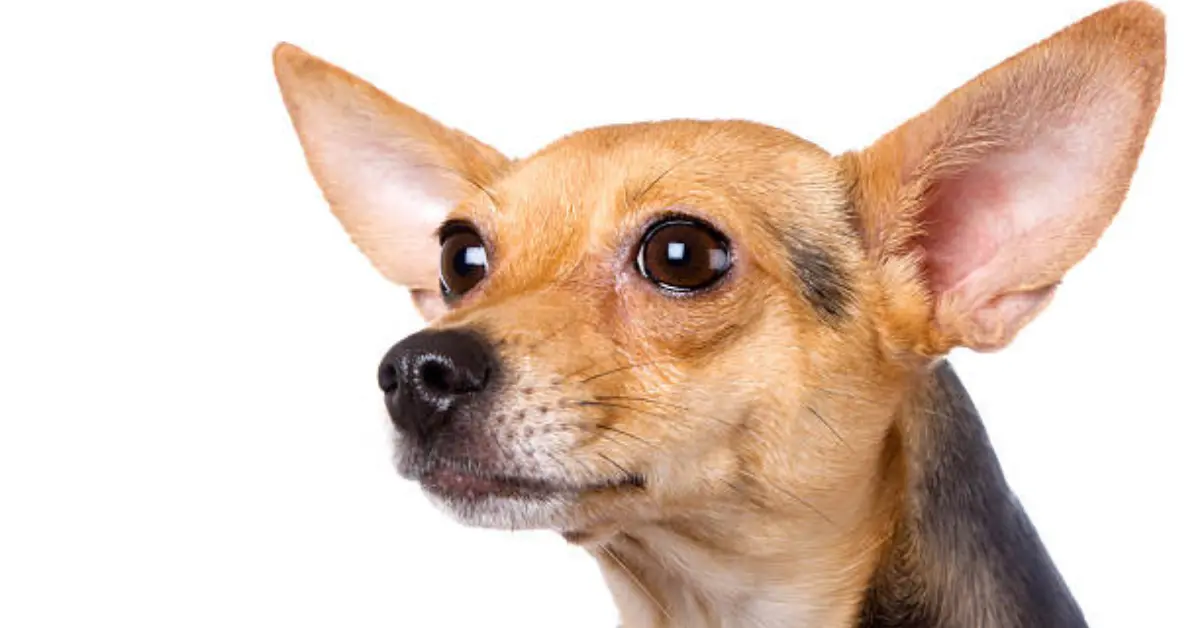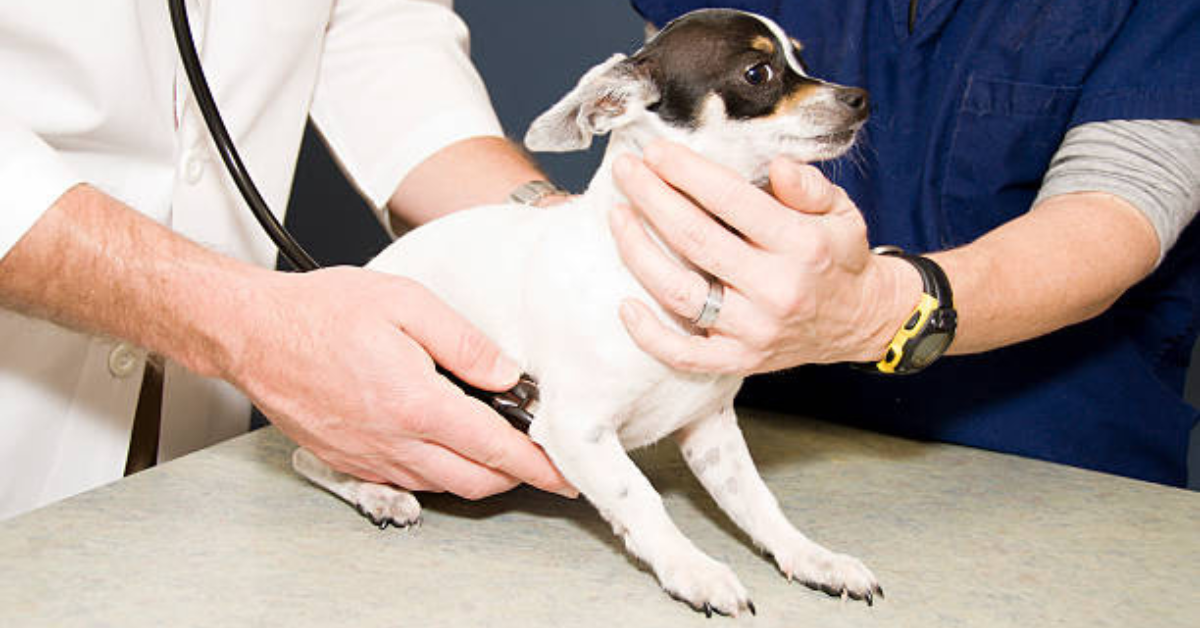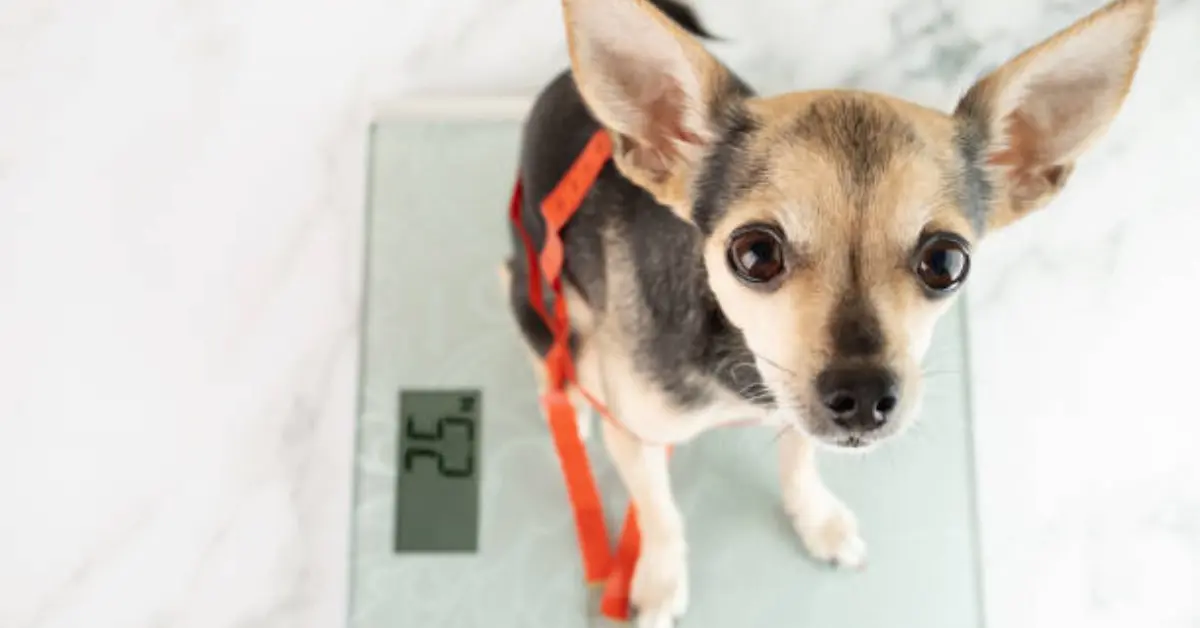Do you want to add a new dog to your family? You might want to get a Deer-Head Chihuahua, but you want to know more about them before you do. Many people who have pets find it hard to say no when they see these small dogs.
In this blog post, we’ll talk about everything there is to know about having a Deer-Head Chihuahua, from how they look and act to how best to take care of them. Read on if you think this type of Chihuahua would be a good fit for your home.
Deer-Head Chihuahuas History
Advertisement
At some point in its past, the Chihuahua breed split into the Apple Head and the Deer Head. The exact date and process of this DNA change are still unknown.
Artifacts from before Europeans came to Central America that were found there show small dogs with heads that look like apples and deer. This means that the split probably happened before the New World was found.
Experts on dog breeds have different ideas about where the Chihuahua came from. One idea says that the Chihuahua’s ancestor was a small dog called the Techichi, which lived a long time ago.
This idea says that the Chihuahua with the deer head came about when the Techichi and the Chinese Crested got together and had puppies. But some people say that the Techichi is where the deer head version came from.
No matter where they came from, Chihuahuas now come in different types, such as Apple Head and Deer Head.
Deer-Head Chihuahuas Appearance
Learn about the Deer-Head Chihuahua’s unique traits, such as its appearance, coat, colors, attitude, lifespan, and possible health problems. Explore the interesting world of this unique breed and find out what makes them so interesting.
The muzzles of Deer-Head Chihuahuas are longer than those of Apple-Head Chihuahuas. When a Deer-Head Chihuahua’s snout meets its forehead, it doesn’t make a 90-degree angle, but rather a gentle slope. You can find this slope by running your middle finger from the tip of your Chihuahua’s nose up to the top of its head. You’ll see a gradual 45-degree slope.
Deer-Head Chihuahuas have longer legs than Apple-Head Chihuahuas, which makes them bigger and also sets them apart from them. When they are fully grown, their ears are bigger and stand up straight, like those of their apple-headed cousins. Also, compared to apple-head Chihuahuas, deer-head Chihuahuas tend to have longer necks and jaws.
Apple-Head Chihuahuas are usually bigger than Deer-Head Chihuahuas, and they often weigh more than the normal six pounds required by AKC breed standards.
Coat
There are two types of coats for Deer-Head Chihuahuas: short and long. Chihuahuas with short hair need to be brushed once a week. Chihuahuas with long hair need to be brushed about three times a week.
Both types should only be washed once every three to four weeks. Chihuahuas with short hair tend to shed a fair amount, but Chihuahuas with long hair shed even less.
Colors
Chihuahuas with deer heads often have colors like fawn or brown. But they can be any color that normal Chihuahuas are.
Most Deer Heads are silver, grey, black, or white. Most Apple Heads, on the other hand, are Merles or a variety of other colors.
Deer-Head Chihuahuas Temperament
People say that Deer-Head Chihuahuas are lively, aware, and sure of themselves. They often act like they don’t know how small they are, which is a reflection of how loud they are. Because of how they act, they are very likely to get small dog syndrome, so it is important to treat them like dogs and not like kids.
The Deer Head Chihuahua is known for getting close to one family member and showing most of its love to that person. So, it’s important to remember that they might not be friendly with everyone in the house.
Deer-Head Chihuahuas tend to bark a lot, which makes them good watchdogs because they can warn their owners of any possible invaders. Even though they don’t cry, they often bark in response to different things.
Deer-Head Chihuahuas Health
Typically, the Deer Head Chihuahua lives longer than the normal lifespan of a conventional Chihuahua—between 12 and 20 years. Factors including heredity, nutrition, and physical activity can all affect this range.
Even though they look different, Deer-Head Chihuahuas have the same health problems as Apple-Head Chihuahuas.
Collapsed Trachea
The Deer-Head Chihuahua can get a common problem called a collapsed trachea, which happens when the cartilage rings that support the airway become weak and fall apart. This can make it hard for the Chihuahua to breathe, which is upsetting for both the dog and its owner.
Eye issues
Because of the way their faces are built, Deer-Head Chihuahuas are more likely to get eye problems like glaucoma, cataracts, and corneal sores. It’s important to keep a close eye on your Deer-Head Chihuahua’s eyes and take them to the vet as soon as you notice anything wrong.
Heart Disease
Deer-head Chihuahuas are more likely to get heart problems like congestive heart failure and mitral valve disease, just like many other small breeds. It’s important for people who own Deer-Head Chihuahuas to know the warning signs and take preventative steps to keep their dogs healthy.
Dental problems
Because of their small lips, Deer-Head Chihuahuas can get tooth decay and gum disease quickly if they don’t get the care they need. If you brush and clean their teeth regularly and give them chewing toys and bones, these health problems can be avoided.
Patellar Luxation
Patellar luxation is a health problem that Deer-Head Chihuahuas often have. This disease happens when the kneecap moves out of its normal place, making it painful and hard to move. Even though it can be a serious problem, if caught early and treated, it can be managed and the Chihuahua’s general quality of life can improve.
Deer-Head Chihuahuas Care
Before you bring a Deer-Head Chihuahua home, it’s important to know that care for them comes with its own set of challenges. There are some things that every Deer-Head Chihuahua should have in order to live a long and healthy life. These include taking care of its hair and getting enough exercise.
Grooming
Short-haired deer Head Chihuahuas don’t shed much, so they only need to be brushed once a week.
Long-haired deer-head Chihuahuas, on the other hand, tend to shed more and need to be brushed about three times a week. Both types of Chihuahuas should get a bath every three weeks.
Deer-Head Chihuahuas also need to have their teeth brushed every day because they are prone to dental problems.
Diet
For the best health, Deer Head Chihuahuas need the right food and the right amount of it. The best dog food for this small breed is one that is high in nutrients and comes in smaller portions.
It is important to give them food with a lot of protein so that they can get the nutrients they need. It is suggested that they split their daily food into two meals. This makes sure they get enough food and keeps them from getting fat, which they tend to do.
Exercise
Deer Head Chihuahuas are very energitic, but because they are small, it is easy to keep them active. A short walk around the block and some time playing inside is usually enough to keep them happy for the day.
It’s important to remember that Deer Head Chihuahuas have poor cold tolerance. Getting coats for your Chihuahua is advised if you reside in a colder climate. When the temperature falls below thirty-five degrees Fahrenheit, do not walk your Chihuahua.
Most people can get enough exercise with one walk a day and 30 minutes of exercise in total.
Training
Positive feedback is generally thought to be the best way to train a dog. It’s important to be patient with Deer Head Chihuahuas because they tend to be very stubborn.
Even though they are small, it is important for the owner to set clear limits to avoid problems in the future.
Socializing
Deer Head Chihuahuas are known to be less friendly, so it’s important to start socializing them as soon as possible. During their puppy time, they should meet a lot of different people and animals.
When it comes to mental activity, these Deer-Head Chihuahuas don’t need much and are happy to play with toys or chews that are given to them.
It is very important to set limits when they are young.
If you don’t correct a young Deer Head Chihuahua when they do something wrong, they may have big problems as they get bigger, which could lead to bad behavior.
Also, these dogs are usually wary of strangers and may nip or bite if they feel threatened.
Deer-Head vs. Apple-Head Chihuahua
People often say that a Chihuahua has a “deer head” or an “apple head” because of the shape of its nose and face. People often use these words to explain what makes this breed unique.
The apple-head Chihuahuas have round, apple-shaped heads, with a sharp 90-degree angle where the nose and forehead meet.
Deer-Head Chihuahuas, on the other hand, have longer heads that look like deer heads and a 45-degree slope where the nose meets the forehead.
The two kinds of Chihuahuas are different because of how their heads shape.
Deer-Head Chihuahuas Don’t Meet Breed Standard
The AKC and other well-known dog groups don’t care whether a Chihuahua’s head looks like an apple or a deer. Breed standards say that a Chihuahua’s head should be round and look like an “apple dome,” with or without a Molera. The AKC’s rules don’t accept the version of the skull that looks like a deer head.
When owners read this, they might think that their Deer-Head Chihuahua is not a real Chihuahua. But it’s important to know that an AKC registration is still possible for a purebred Chihuahua as long as both of its parents meet the standards. It’s important to point out that the dog might not meet breed standards. If that’s the case, it might not be able to win awards at famous conformation shows.
At beauty shows, dogs are judged based on the breed standards set by the AKC and other dog groups. A dog that is participating but doesn’t meet the breed standards won’t be able to get a championship title. It’s also important to know that spayed or neutered dogs can’t take part in beauty shows, even if they meet the standards for their breed.
Long story short, Deer Head Chihuahuas are real Chihuahuas, but they can’t win points or championship titles at beauty shows.
How And Where To Find A Deer-Head Chihuahua
Adopting a Deer-Head Chihuahua from a rescue group is a great way to give a dog a second chance at life, and it’s also often cheaper.
Breeders
If you want a Deer-Head Chihuahua, the best and safest way to find one is through a breeder. But where do you look for one? Do some study and look online for breeders in your area. Before even getting in touch with them, make sure to read reviews and check their qualifications.
Once you’ve found a breeder you like, contact them and ask about their breeding methods, health promises, and the puppies they have available. It’s important to ask for references and visit the center to make sure the dogs are healthy. It might take some time to find a Deer-Head Chihuahua through a breeder, but it’s worth it.
Rescue
If you want to add a Deer-Head Chihuahua to your family, a rescue can be a great place to look. These cute dogs make great partners, but it might not be easy to find one. Luckily, there are a number of rescue groups whose main goal is to find loving homes for these cute puppies.
When looking for a rescue, make sure to find one with a good reputation and track record. Before you can adopt a dog, some rescues may ask you to fill out an application or go through a screening process. This is to make sure that you and the dog are a good match. If you are patient and don’t give up, you will find your new best friend.
YOU MAY ALSO LIKE:
7 Different Types of Chihuahuas
Pear-Head Chihuahua- A Breed Complete Guide
Apple-Head Chihuahua: A Breed Complete Guide
Advertisement



















